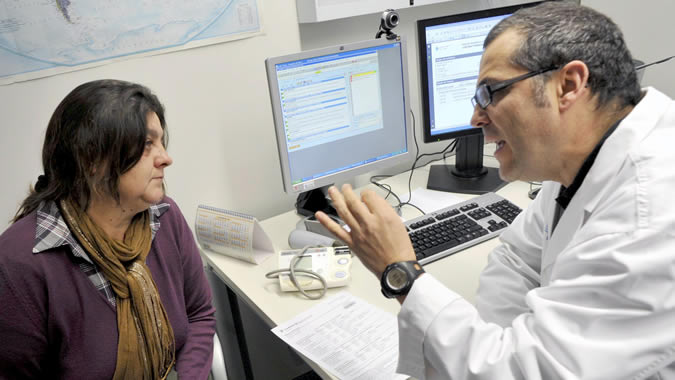Press Release
Applications for sickness benefit in Uruguay, together with the corresponding payouts, have risen sharply since 2010. The factors behind that increase are varied and are the result of a series of changes that have affected this government programme, reveals a recently published ECLAC study.
The report, Study of Sickness Benefit in Uruguay, written by Verónica Amarante, Director of the ECLAC office in Montevideo, and Andrés Dean, a consultant with the organization, analyses those factors and the impact that the changes made in recent years have had. It was prepared under an agreement between ECLAC and the Government of Uruguay’s Ministry of the Economy and Finance, with additional participation by the Ministry of Labour and Social Security and the Social Welfare Bank (BPS).
The study, which will be available soon on the ECLAC website, includes an overview of the theoretical framework of sickness benefits, describes international experiences with the design and impact of such instruments, presents a comparative analysis of the Uruguayan system, describes its recent evolution and finally offers a model for calculating the probability of sickness benefit being used, including a variable that seeks to address the existence of abuse of the system among workers. The research is based on sickness benefit programme administrative records provided by the Social Welfare Bank.
According to the authors, identifying the reasons for the increase in benefit applications is complex, on account of the aforesaid changes made to the programme. In 2010 a standardized sickness benefit certification method was adopted across the country: certificates are now issued directly by the health-care providers of the National Health System, who are responsible for submitting the required information to the BPS. Previously, workers in Montevideo had to file on-site claims at the BPS office to validate their eligibility, while in the rest of the country health-care providers provided certificates directly. Therefore, as a result of the change, workers in Montevideo requesting the benefit enjoy lower transaction costs.
In addition, the ceiling for sickness benefit was raised at practically the same time: it was increased from three to four times the benefits and contributions threshold index (Base de Prestaciones y Contribuciones, BPC) in January 2011, and since then it has risen by one BPC in January of each year to reach a maximum of eight times the BPC in 2015. This has meant a significant real-term increase in the ceiling.
The period in question was also characterized by rising numbers of workers contributing to the social security system and by dynamism in the labour market in terms of real-wage growth and low unemployment, and these factors —according to literature from developed and developing countries alike— are systematically associated with increases in the use of sickness benefit.
The study concludes by confirming the presence in Uruguay of a series of patterns already detected in other countries. Usage rates for such benefits are higher among women, and they also follow ups and downs in the economic cycle: a lower rate of unemployment in the locality where a worker resides —meaning that the risk of losing his or her job is perceived as lower— correlates with an increased likelihood of the benefit being used. According to the study, the evidence presented indicates no danger of moral risk or abuse of the benefit, at least as regards overlaps with school vacation days or the proximity of weekends. The authors contend that their failure to detect opportunistic behaviours indicates that the benefit’s current design does not encourage abuses of that kind.
The econometric analysis performed indicates that the 2010 regulatory change in the department of Montevideo had a large and positive impact on both the number of applications for sick leave and the duration thereof, but that the magnitude of that impact was very low. Consequently, the change would only explain a very low proportion of the rise in the number of sickness benefit applications and a relatively lower proportion of the increase in the programme’s expenditure. In any event, the increased spending appears to be directly due to the increased ceiling, which could in turn have encouraged greater use of the benefit given that it operates as a reduction in the deductible payable by a cohort of workers.
The information analysed in the study also revealed the wide range in the number of days’ leave granted by health providers for different complaints and enabled those providers to be ordered by their relative levels of generosity in that regard. The authors say that similar analyses —or other studies in greater detail, and adapted to the concerns of those responsible for monitoring the programme— could be conducted using the information on the professionals who issue the certifications.
They add that the exercise served to illustrate the wealth of information contained in those records and suggested the usefulness of designing and implementing automatic control mechanisms: for example, to detect deviations between individual health-care providers or professionals and, as a result, to trigger inspection systems or corrective measures.



